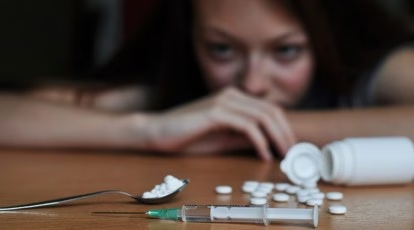New research indicates a significant decline in the misuse of prescription drugs among U.S. high school students. According to a study published on July 24 in the Journal of the American Medical Association, the rate of misuse among seniors fell from 11% in 2009 to just 2% in 2022.
Key Findings from the Study
The study, led by Sean Esteban McCabe, Director of the University of Michigan Center for the Study of Drugs, Alcohol, Smoking, and Health, reveals a substantial drop in prescription drug misuse among teens. McCabe noted, “The reduction over the past decade is akin to a shift from 1 in every 9 high school students misusing prescription drugs to just 1 in every 40.”
Researchers tracked trends in the misuse of three primary types of prescription drugs among teens: opioids, stimulants (such as Ritalin and Adderall), and benzodiazepines (including Xanax and Valium). Data was sourced from the University of Michigan’s annual high school student survey.
Trends in Prescription Drug Use
The decline in misuse extends to legitimate medical use as well. In 2022, approximately 16% of high school seniors reported having been prescribed these drugs for medical reasons, a decrease from 24% in 2009.
Changes in how teens acquire prescription drugs for misuse have also been observed. The proportion of teens who obtained prescription drugs for misuse via a prescription increased to 37%, up from a lower rate in 2009 where teens typically got these drugs from friends.
Moreover, the number of teens with multiple sources for illicit prescription drugs has dropped from 56% in 2009 to 29% in 2022. The perception of difficulty in obtaining these drugs has also increased, with 49% of teens now believing it would be nearly impossible to access prescription drugs for non-medical use.
Possible Contributing Factors
Several factors may contribute to these trends:
- Pandemic Impact: School closures during the COVID-19 pandemic reduced students’ interactions, potentially limiting opportunities for drug exchange.
- Regulatory Changes: Stricter prescribing practices in response to the opioid crisis may have also played a role. Philip Veliz, co-author of the study, highlights the shift in prescribing practices due to the opioid epidemic, which has evolved into a broader crisis involving heroin and fentanyl.
Veliz added, “The opioid epidemic, which led to a heroin crisis and continues with fentanyl, has influenced prescription practices. Parents’ increased awareness and oversight of medications also contribute to this trend.”



